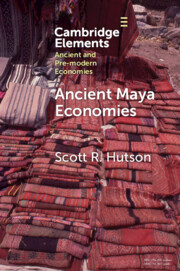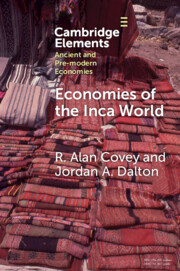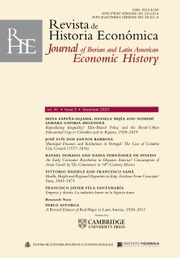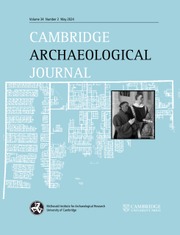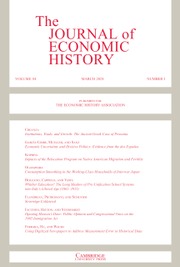Reading Creation Myths Economically in Ancient Mesopotamia and Israel
Creation myths in the ancient Middle East served, among other things, as works of political economy, justifying and naturalizing materially intensive ritual practices and their entanglements with broader economic processes and institutions. These rituals were organized according to a common ideology of divine service, which portrayed the gods as an aristocratic leisure class whose material needs were provided by human beings. Resources for divine service were extracted from the productive sectors of society and channeled inward to the temple and palace institutions, where they served to satiate the gods and support their human servants. This Element examines various forms of the economics of divine service, and how they were supported in a selection of myths – Atraḫasis, Enki and Ninmaḫ, and Enūma Eliš from Mesopotamia and the story of the Garden of Eden from the southern Levant (Israel).
Product details
August 2025Paperback
9781009559911
75 pages
229 × 152 mm
Not yet published - available from August 2025
Table of Contents
- 1. Introduction
- 2. Creating labor in Ancient Mesopotamia
- 3. Creating labor in Ancient Israel
- 4. Conclusions
- References.


